Other
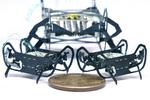
“This itsy-bitsy robot can’t climb up the waterspout yet but it can run, jump, carry heavy payloads and turn on a dime. Dubbed HAMR-JR, this microrobot developed by researchers at the Harvard John A. Paulson School of Engineering …

“Using turbulence to generate frequency combs from small ring lasers We’ve all experienced turbulent air and water, but did you know light can be turbulent too? An international team of researchers, led by Federico Capasso, the Robert L. Wallace …

“Scientists at the Center for Astrophysics | Harvard & Smithsonian, and the Black Hole Initiative (BHI), have shed light on how black holes grow over time by developing a new model to predict if growth by accretion or by mergers is dominant …
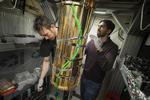
“A quantum internet could be used to send un-hackable messages, improve the accuracy of GPS, and enable cloud-based quantum computing. For more than twenty years, dreams of creating such a quantum network have remained out of reach in large part …
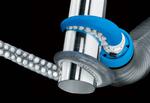
“Octopus-inspired robot can grip, move, and manipulate a wide range of objects Two-thirds of an octopus’s neurons are in its arms, meaning each arm literally has a mind of its own. Octopus arms can untie knots, open childproof bottles …

“Researchers develop a new platform for all-optical computing The future of computation is bright — literally. Researchers from the Harvard John A. Paulson School of Engineering and Applied Sciences (SEAS), in collaboration with researchers at McMaster University and University of Pittsburgh …
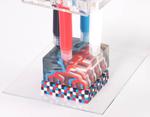
“Multinozzle printer can switch between multiple inks up to 50 times per second 3D printers are revolutionizing manufacturing by allowing users to create any physical shape they can imagine on-demand. However, most commercial printers are only able to build objects …

“Sacrificial ink-writing technique allows 3D printing of large, vascularized human organ building blocks 20 people die every day waiting for an organ transplant in the United States, and while more than 30,000 transplants are now performed annually, there are …
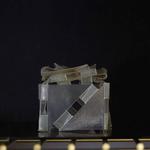
“3D-printed active hinges change shape in response to heat The majority of soft robots today rely on external power and control, keeping them tethered to off-board systems or rigged with hard components. Now, researchers from the Harvard John A. Paulson …
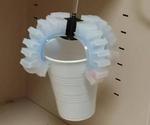
“The field of soft robotics (robots made from intrinsically soft materials such as silicons and rubbers) has been growing rapidly in recent years. Soft robots can be advantageous in comparison to their hard counterparts because they are flexible, adaptable to …
